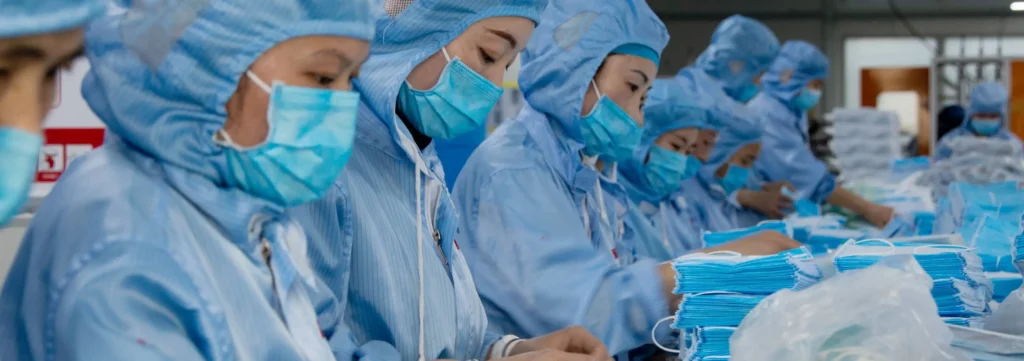4 Sectors That Need Disposable Masks & Covers

Introduction: The Critical Role of Disposable PPE in Modern Industries
In our increasingly hygiene-conscious world, disposable masks and shoe covers have evolved from temporary solutions to permanent staples across numerous industries. These single-use protective items, typically crafted from lightweight yet durable non-woven polypropylene (PP), serve as the first line of defense against contaminants while offering unparalleled convenience and cost-effectiveness.
The global disposable PPE market is projected to reach $92.5 billion by 2027, according to Grand View Research, reflecting their growing importance in workplace safety protocols. This comprehensive guide examines the four industries where these products aren’t just beneficial but absolutely essential, exploring their specific applications, compliance requirements, and best practices for implementation.
What makes disposable PPE particularly valuable is its ability to:- Provide immediate barrier protection without cross-contamination risks
- Meet stringent industry-specific regulatory standards
- Offer cost-effective solutions compared to reusable alternatives
- Adapt to various environmental conditions and workplace requirements
1. Healthcare & Medical Facilities: The Frontline of PPE Demand
The Unparalleled Importance in Medical Settings
Detailed Applications and Use Cases
Patient Care Areas:
- Emergency departments utilize disposable shoe covers to prevent pathogen transfer between trauma bays
- Isolation rooms require specialized masks with fluid resistance for treating contagious patients
- Neonatal units employ ultra-fine particulate filtration to protect vulnerable newborns
Support Functions:
- Environmental services staff wear PPE during terminal cleaning of patient rooms
- Laundry personnel use disposable protection when handling contaminated linens
- Maintenance teams employ shoe covers when working in sterile compounding areas
Compliance and Standards Deep Dive
- ASTM F2100-21: Classifies mask performance by bacterial filtration efficiency (BFE), particulate filtration efficiency (PFE), and fluid resistance
- OSHA 1910.134: Mandates respiratory protection programs including fit testing for N95 masks
- Joint Commission Standards: Require documented PPE protocols for accreditation
- Antimicrobial-treated materials that actively reduce pathogen viability
- Eco-friendly options made from biodegradable polymers
- Smart masks with moisture sensors indicating when to change

